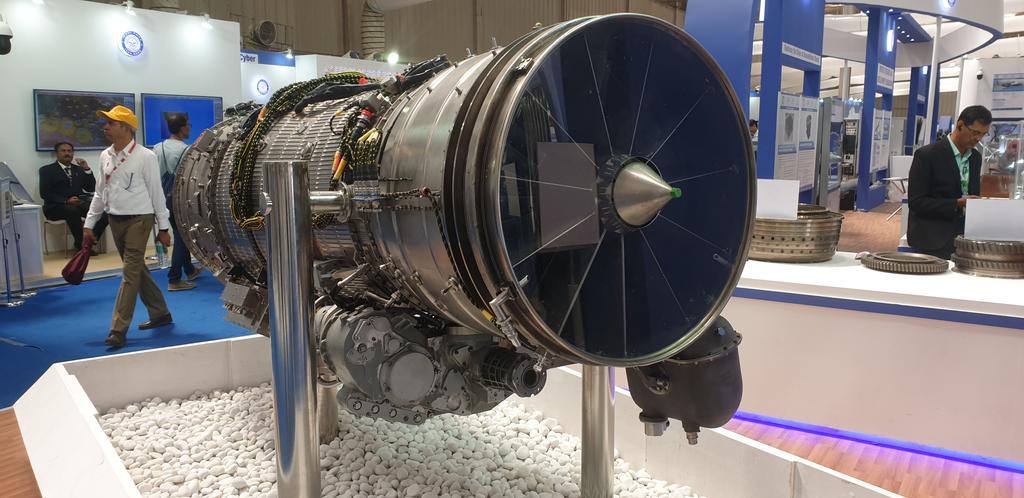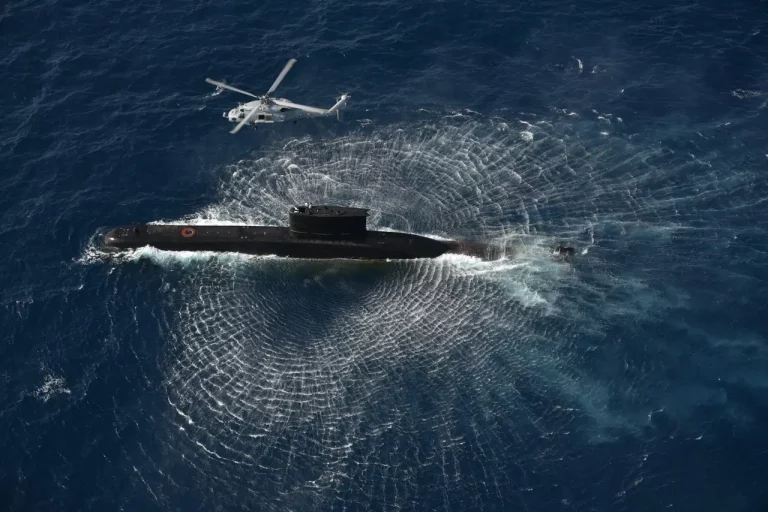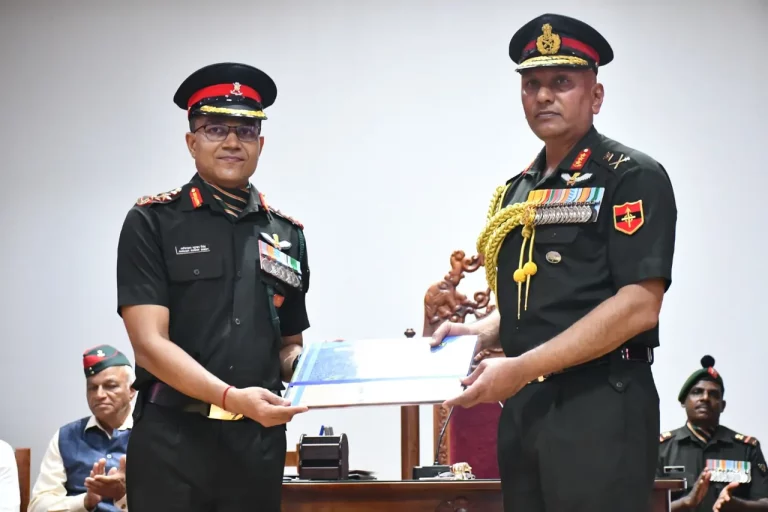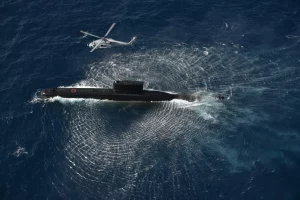The Defence Research and Development Organisation (DRDO) has made a significant announcement regarding the Kaveri engine, an indigenous aero-engine developed in India. The engine has received clearance for inflight testing, marking a crucial advancement in India’s endeavors toward self-reliance in defence technology. This milestone is particularly noteworthy as the Kaveri engine is set to power the Ghatak, India’s stealth Unmanned Combat Aerial Vehicle (UCAV).
The journey of the Kaveri engine began with its initial design aimed at equipping the HAL Tejas Light Combat Aircraft. However, the program faced considerable challenges, including technical difficulties and financial constraints, leading to its separation from the Tejas project in 2008. Despite these setbacks, ongoing developments at the Gas Turbine Research Establishment (GTRE) have culminated in a refined dry variant of the engine that is now ready for airborne validation.
The inflight tests are scheduled to be conducted using a modified Ilyushin Il-76 aircraft. In this setup, one of the aircraft’s four engines will be replaced with the Kaveri engine, allowing engineers to evaluate its performance under a range of flight conditions. Key aspects to be assessed include altitude adaptability, fuel efficiency, and its integration with various aircraft systems, providing a controlled environment for real-time analysis of the engine during extended operations.
The Kaveri engine program stands as a testament to India’s commitment to mastering critical defence technologies despite numerous obstacles, including international sanctions in the aftermath of the 1998 nuclear tests and the nation’s limited previous experience in engine production. The first full run of the Kaveri engine took place in 1996, while the initial inflight test occurred in 2010 at Russia’s Gromov Flight Research Institute, underscoring the collaborative efforts between India and Russia in defense innovation.
With the recent clearance for inflight testing, the Kaveri engine is not only set to power the Ghatak UCAV but also to provide foundational technology for future indigenous fighter aircraft developments. Developing an engine of this kind on a global scale is estimated to cost around $2 billion, emphasizing the significance of this achievement for India’s defence ecosystem.
This latest development marks a pivotal turning point in India’s aerospace ambitions and highlights DRDO’s commitment to overcoming technological barriers. As the nation continues to bolster its defence capabilities, the Kaveri engine emerges as a symbol of indigenous innovation and a critical asset in ensuring India’s strategic autonomy.



















